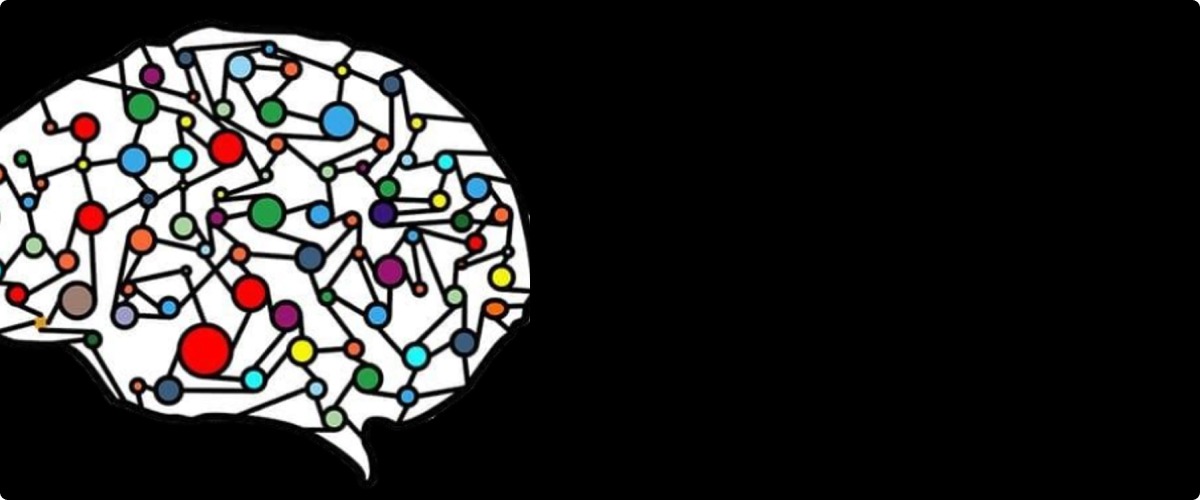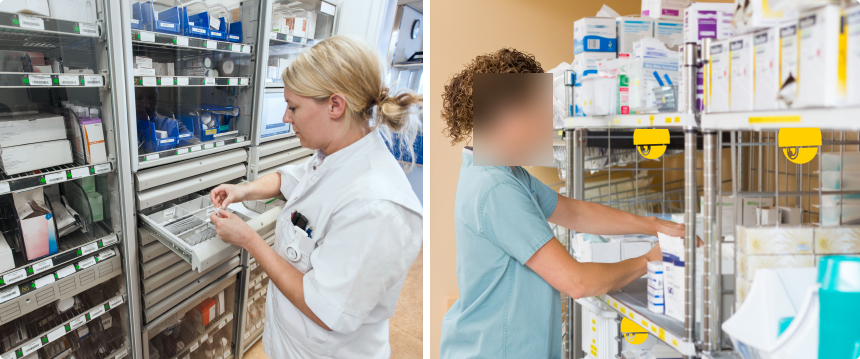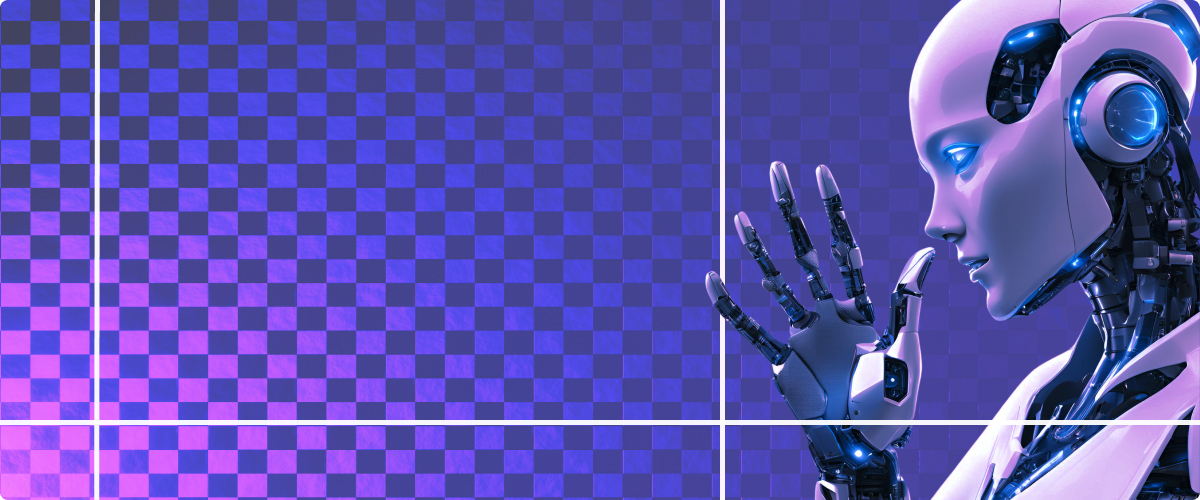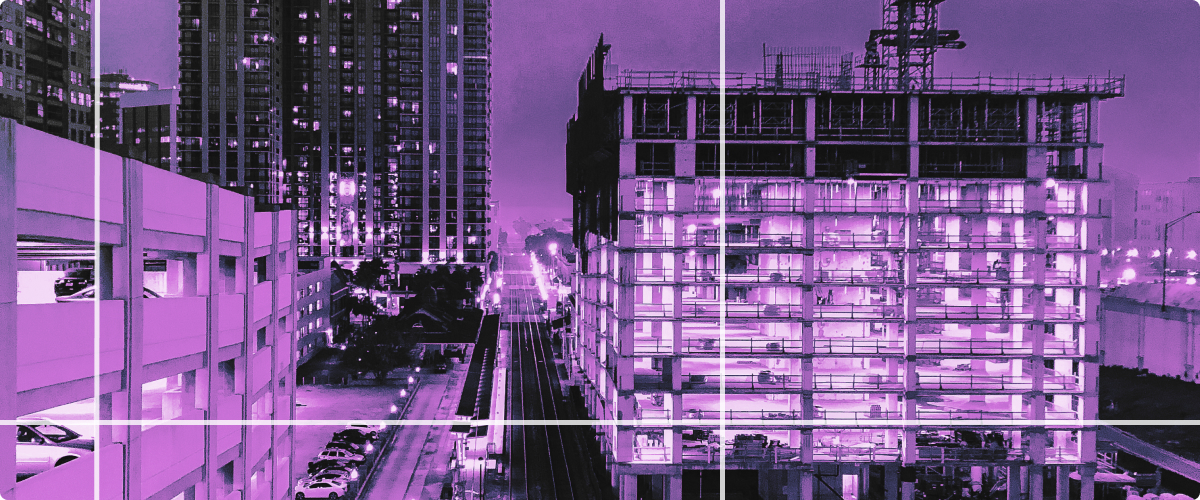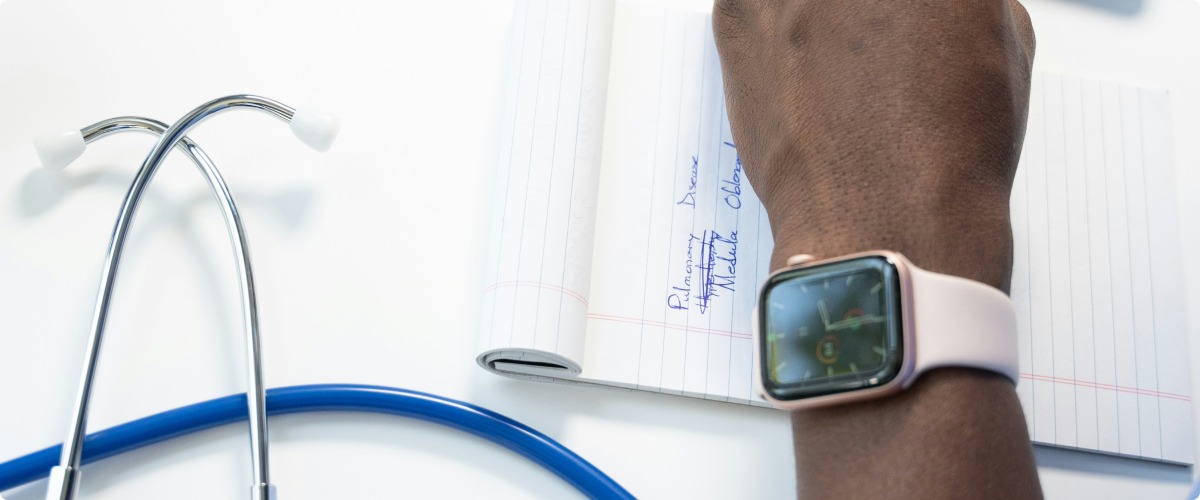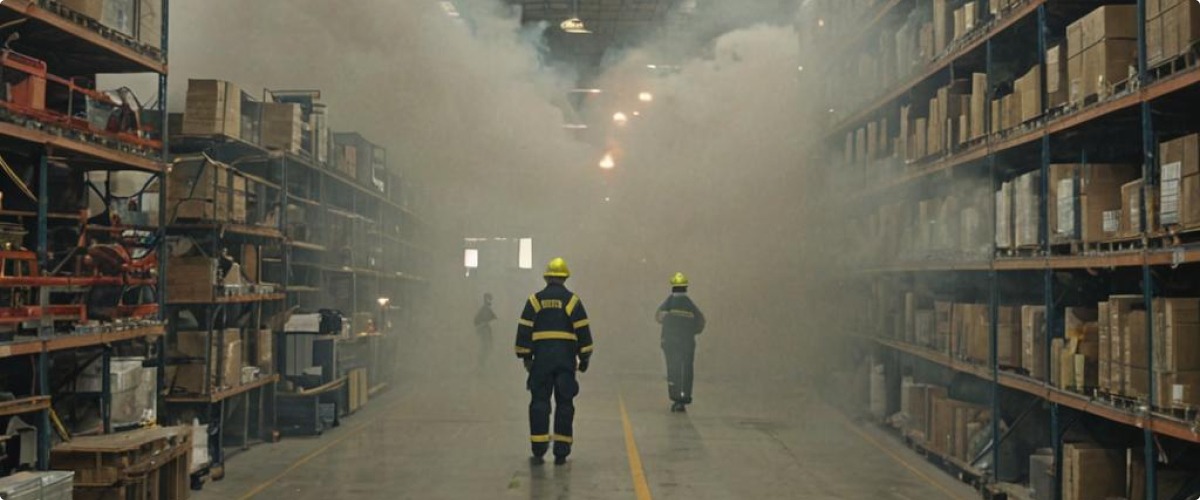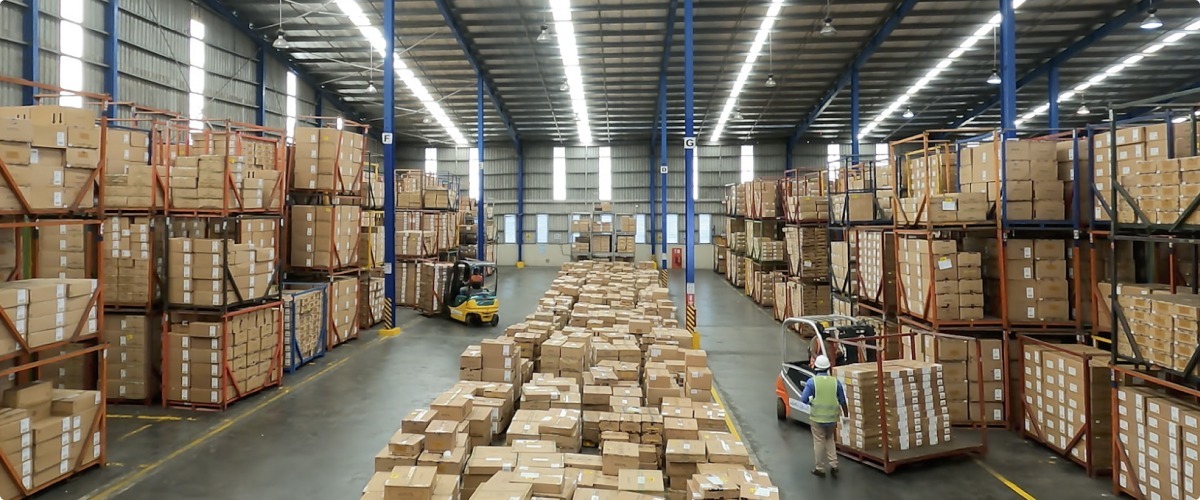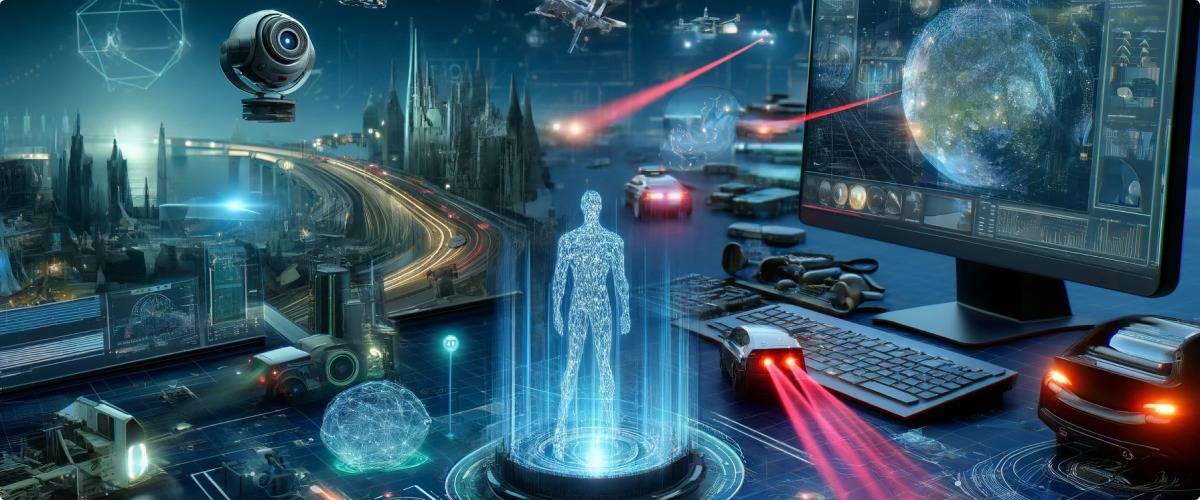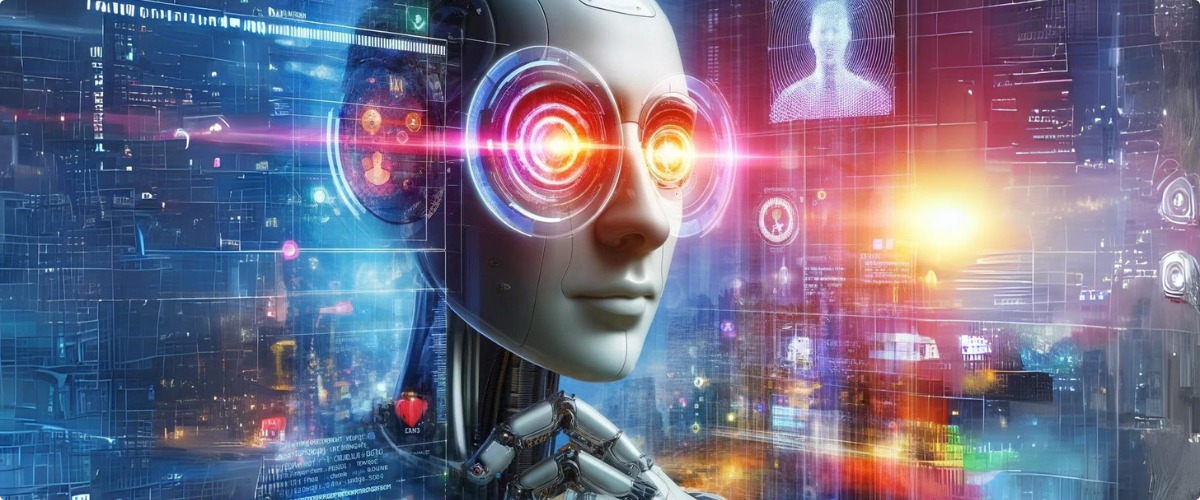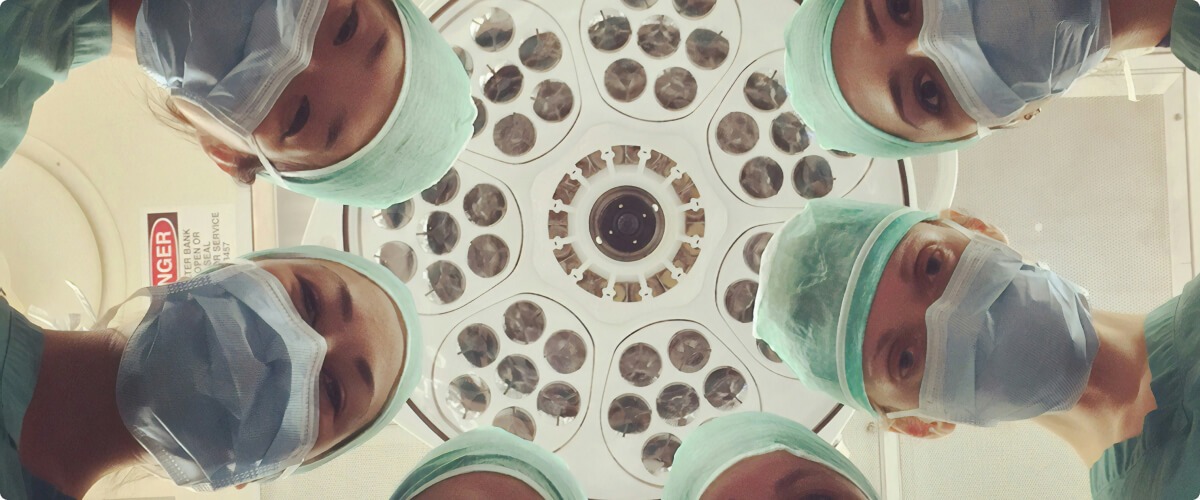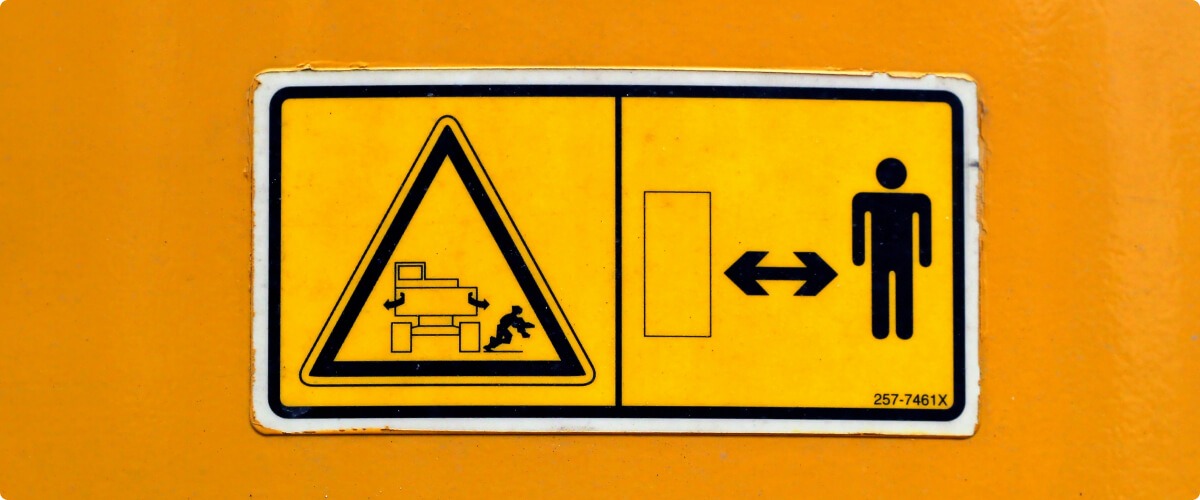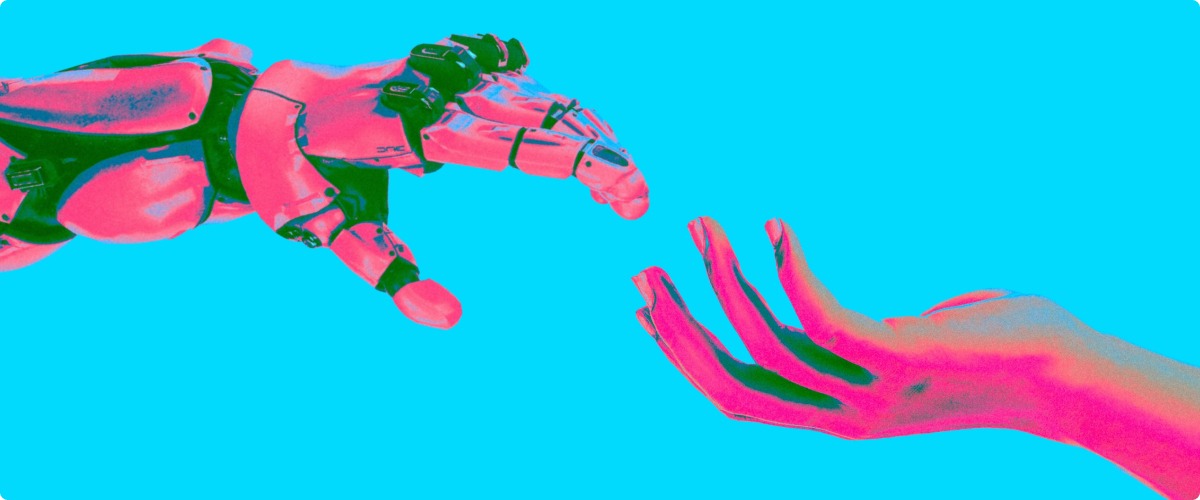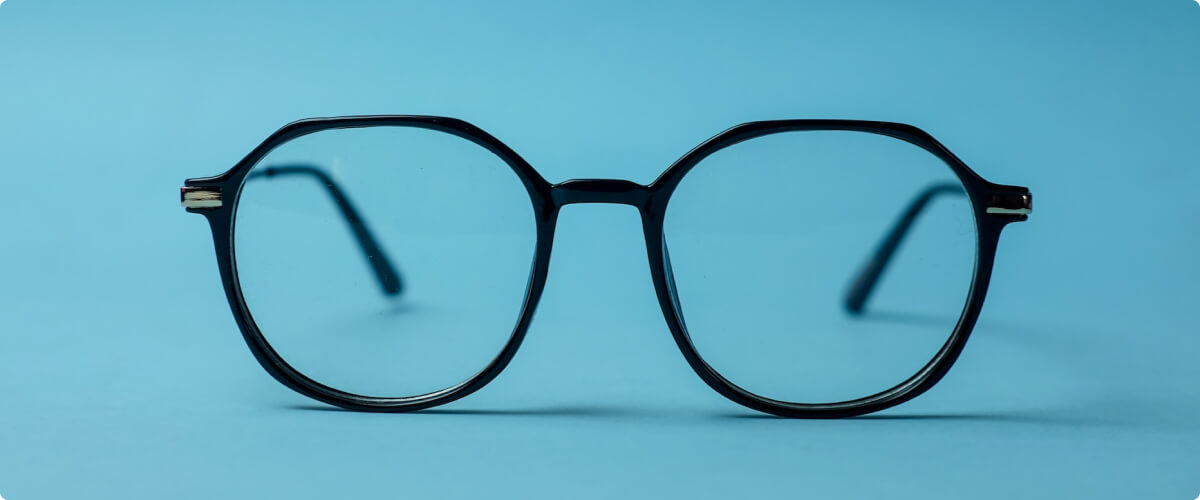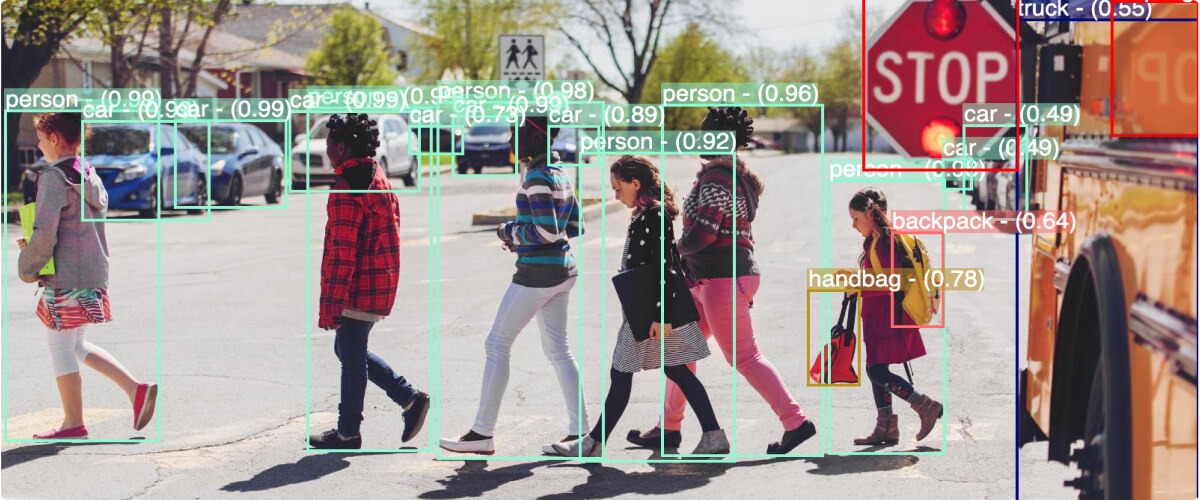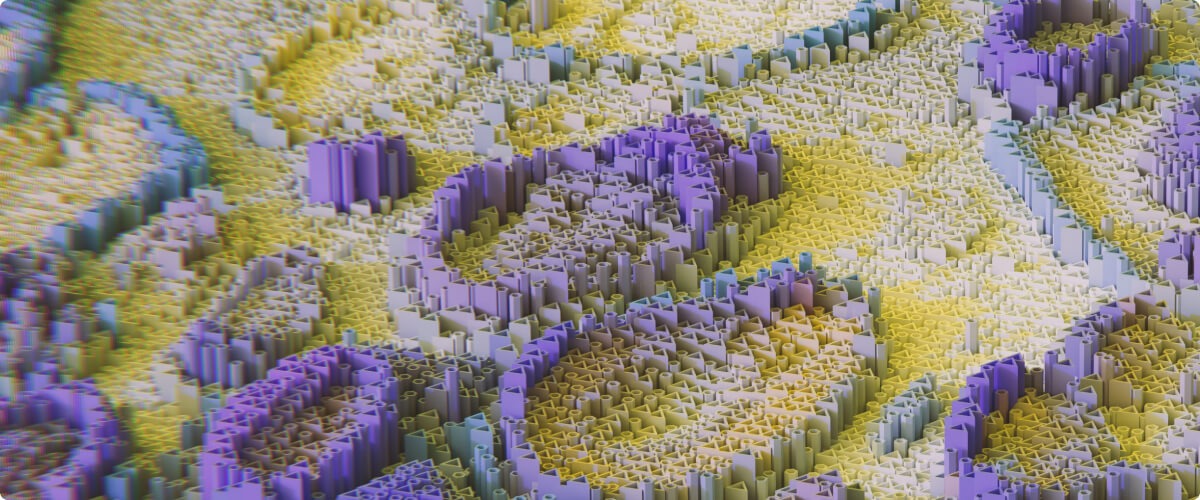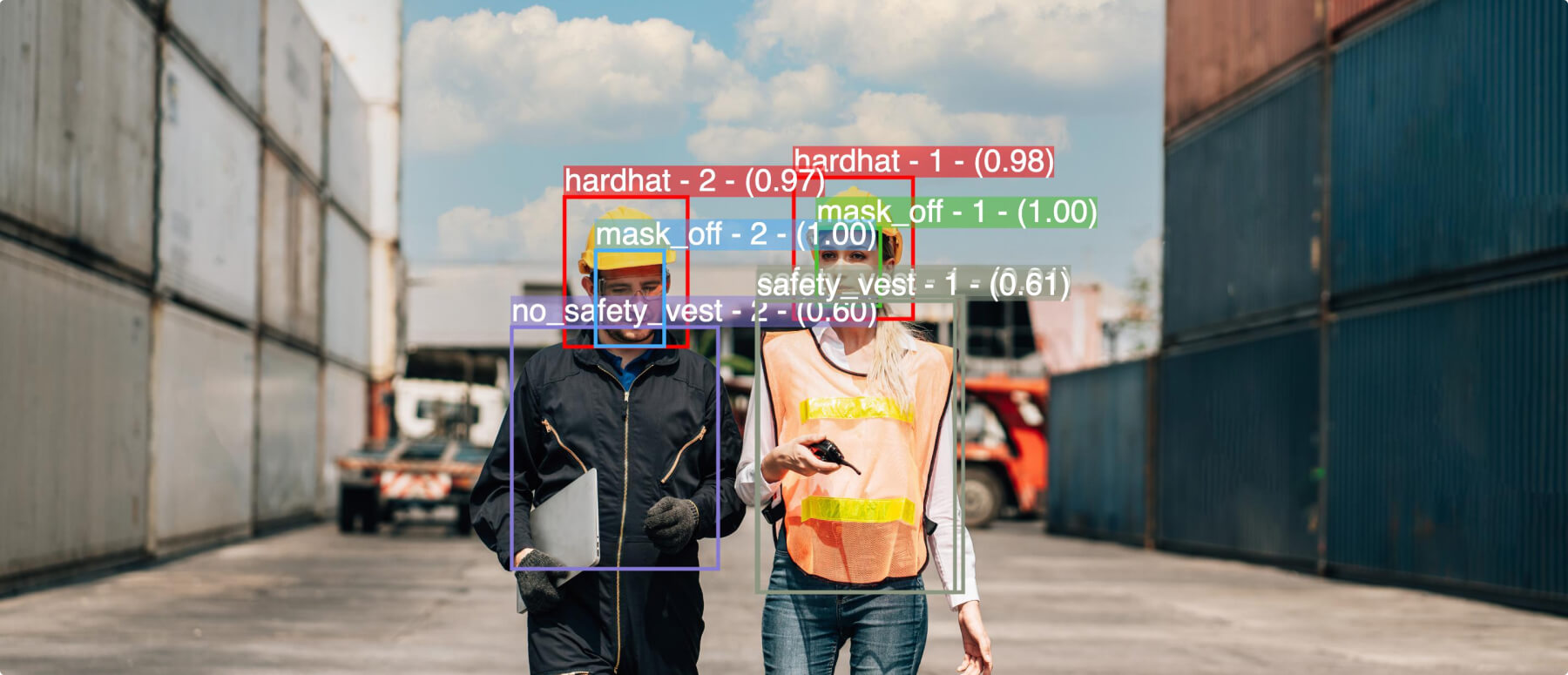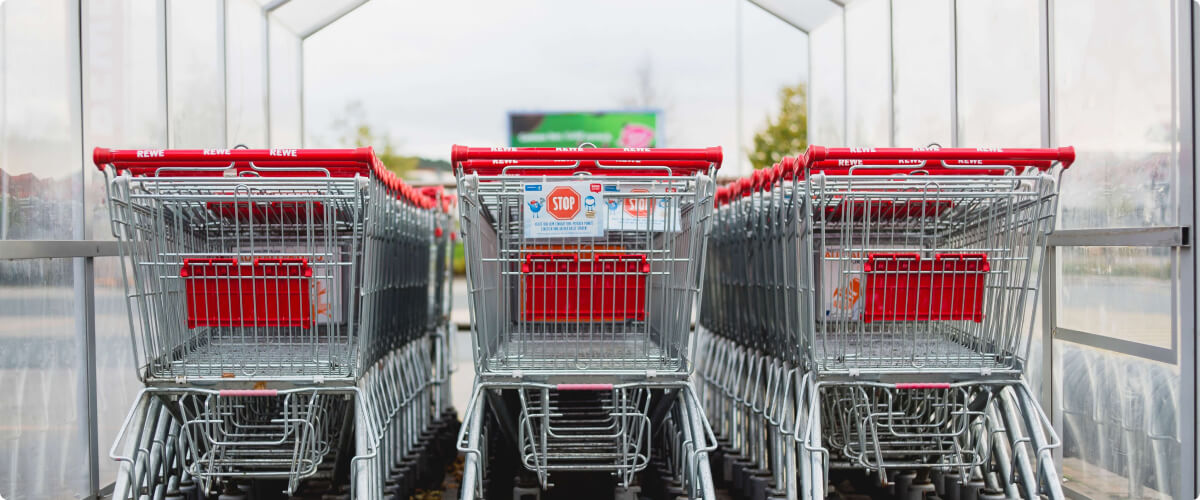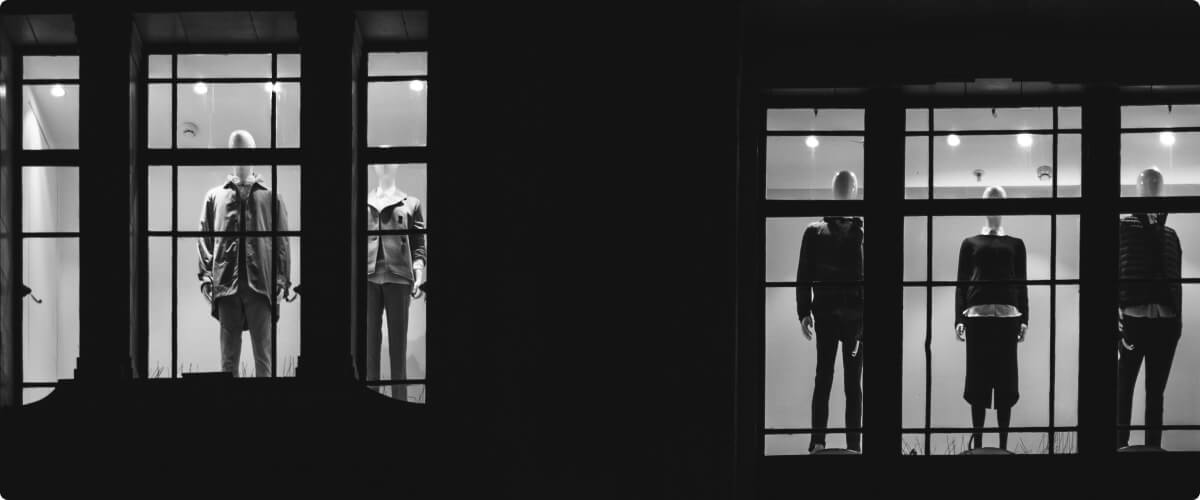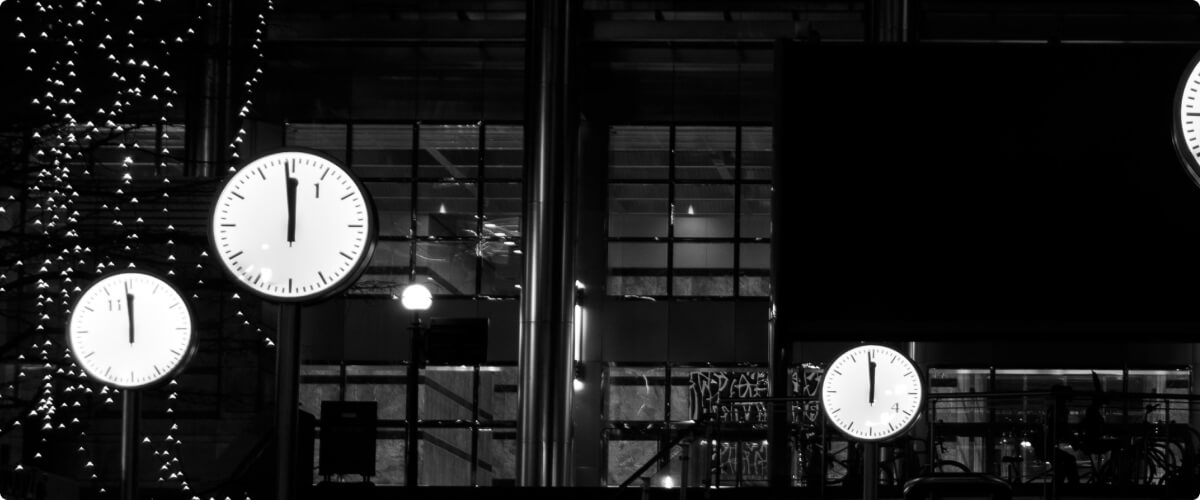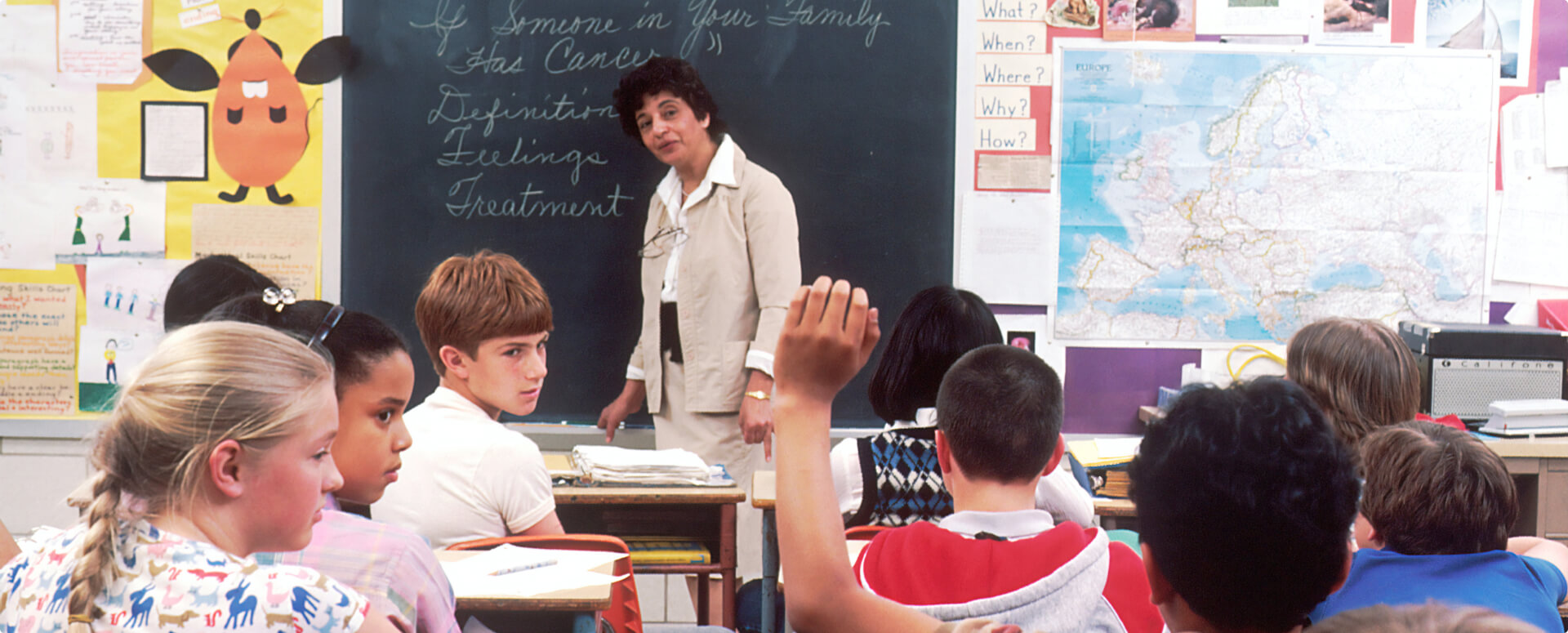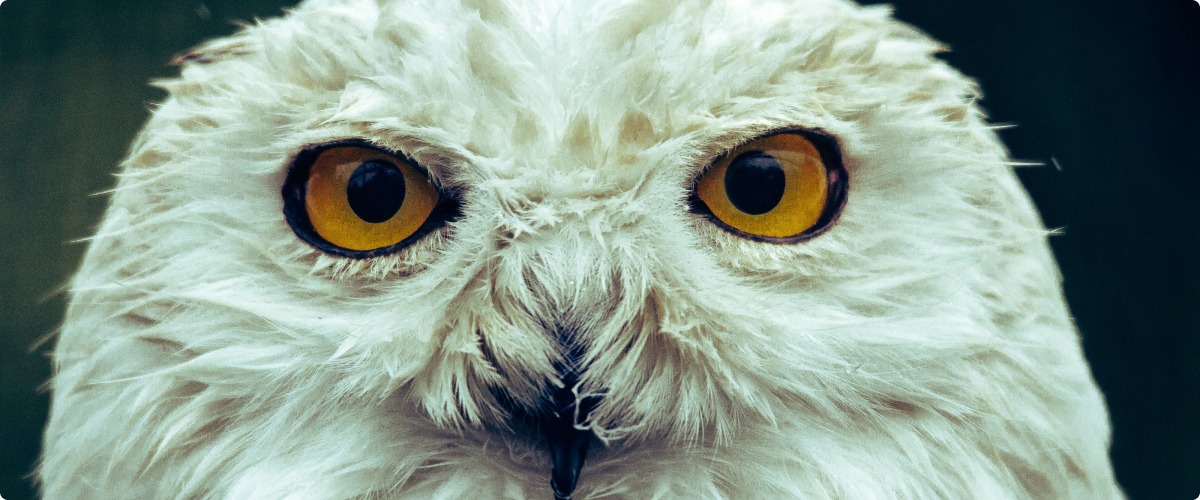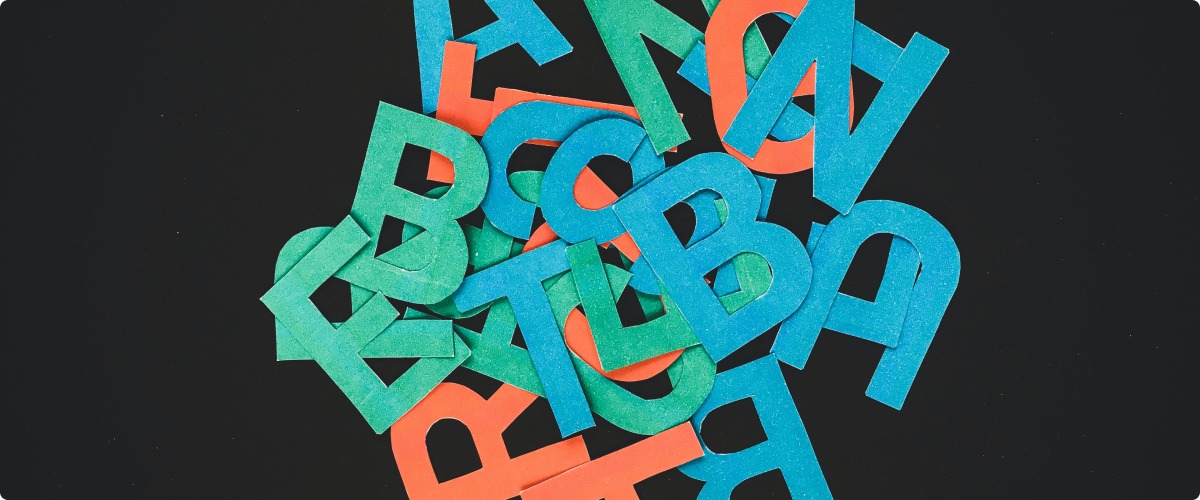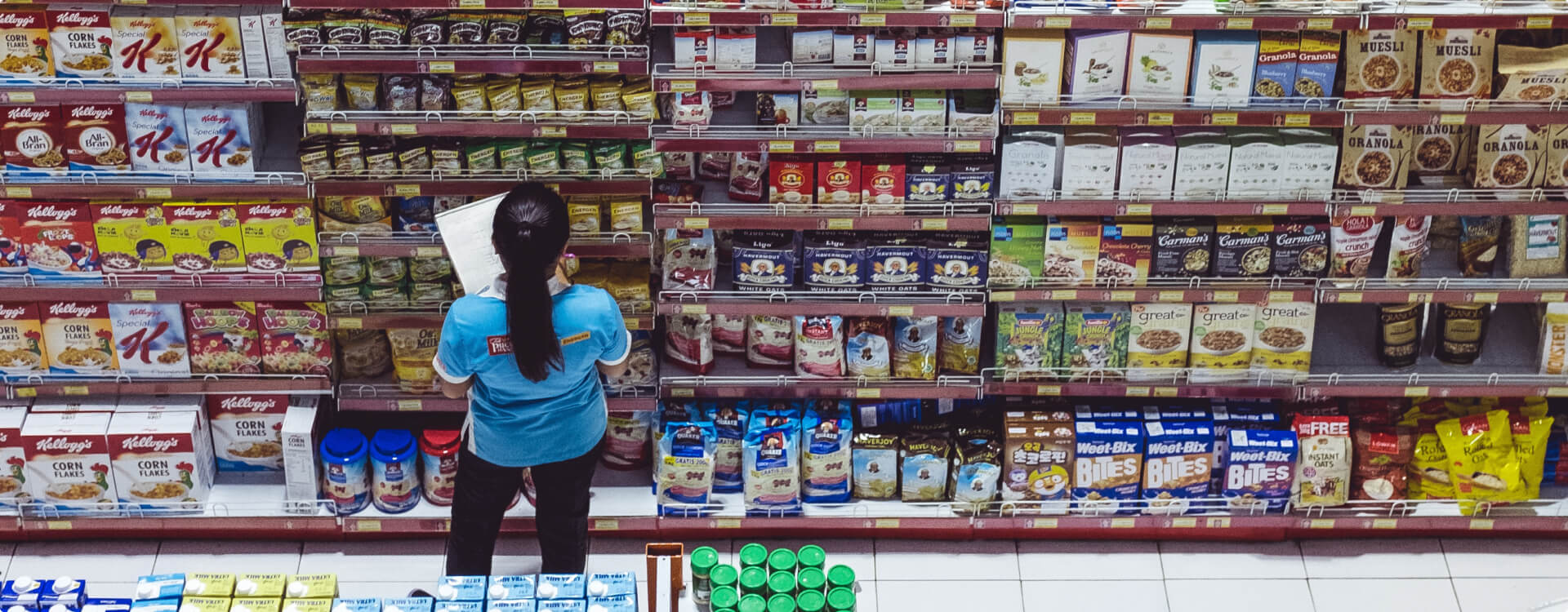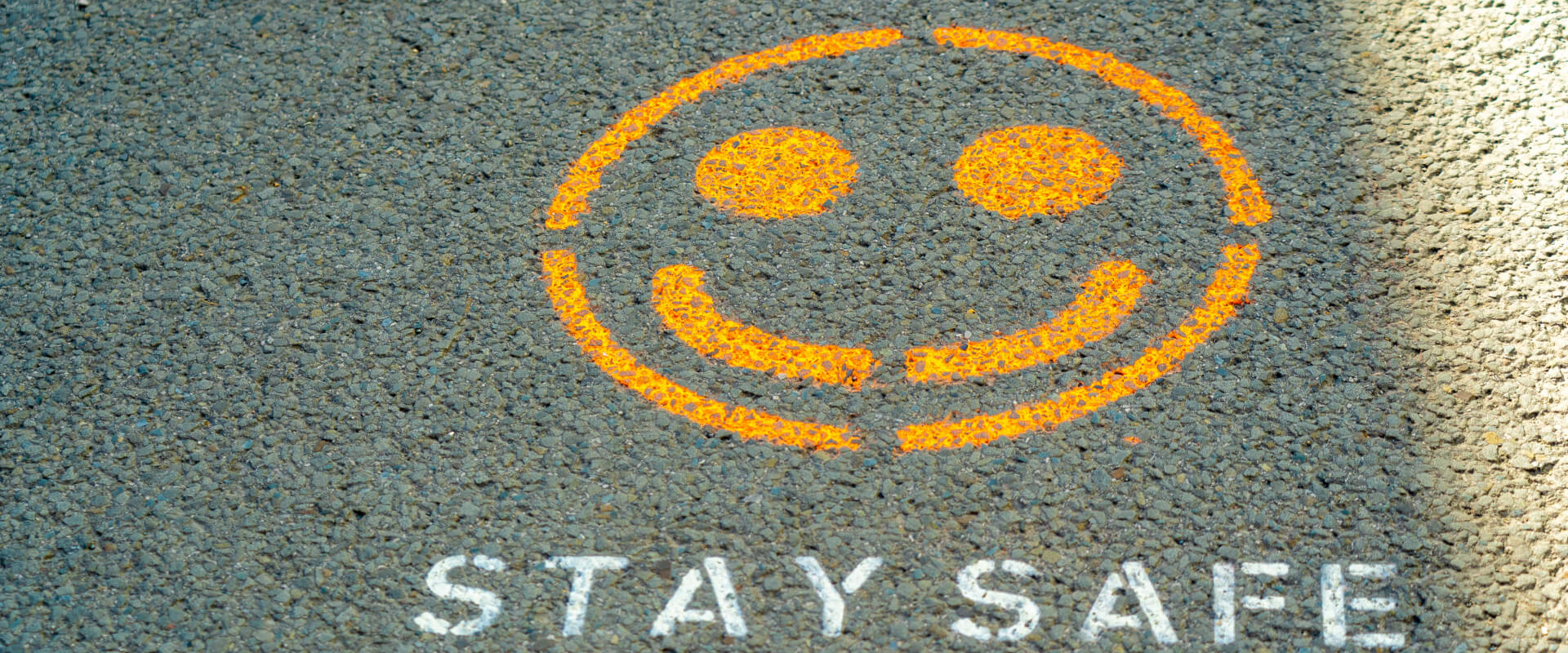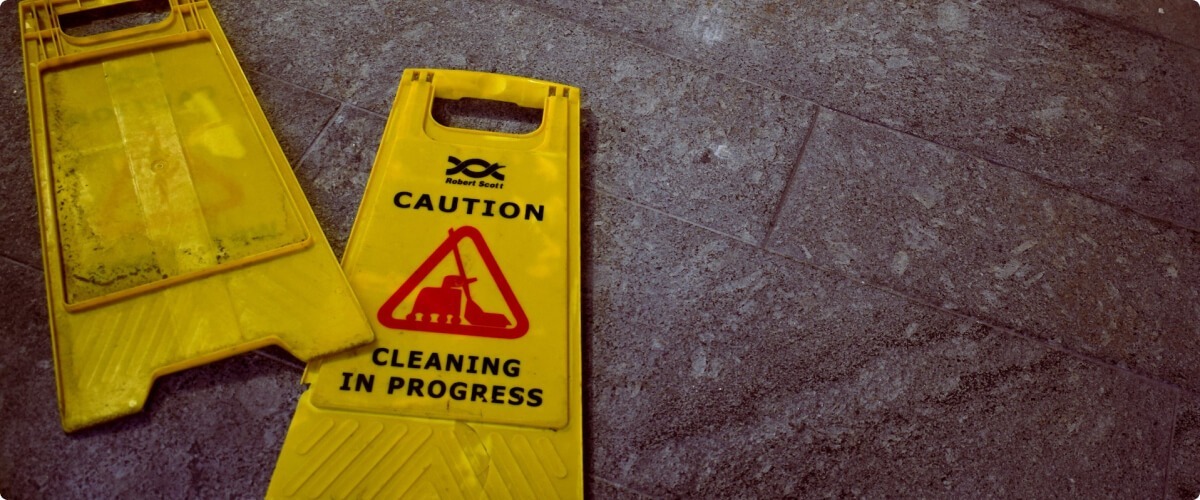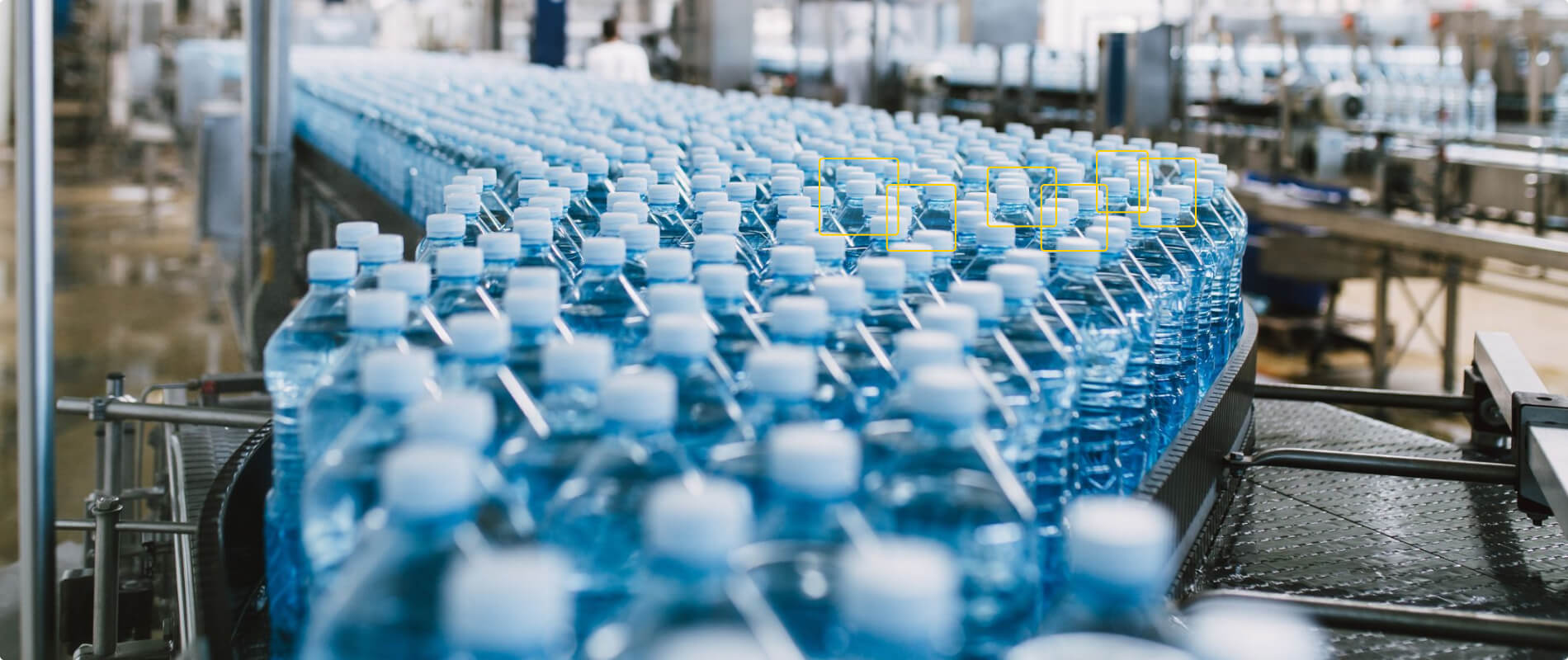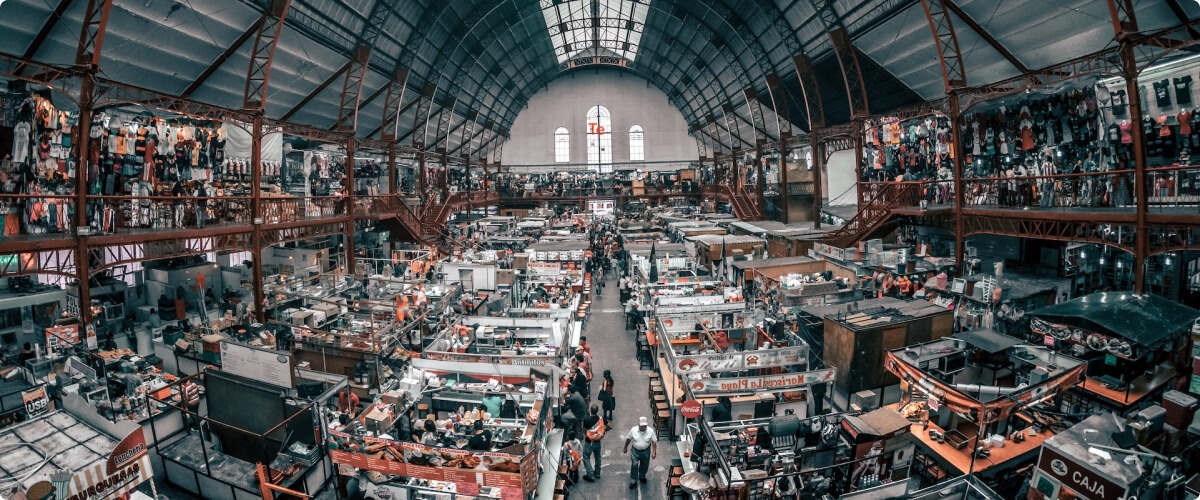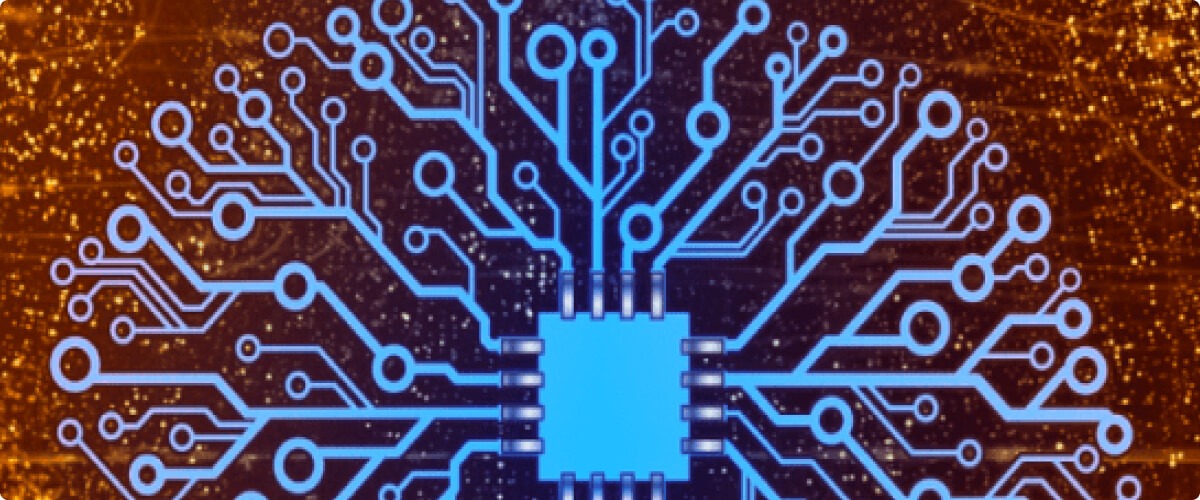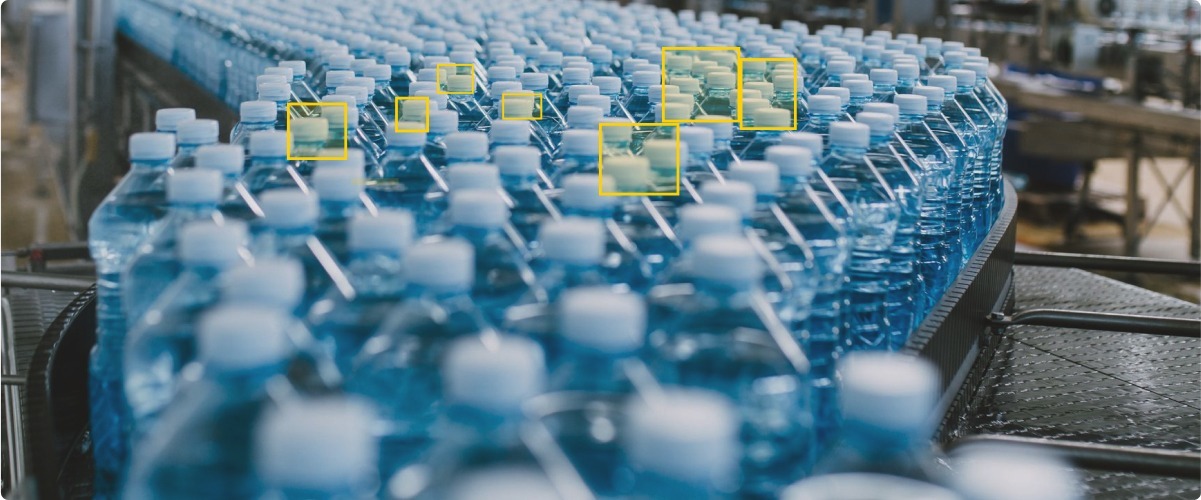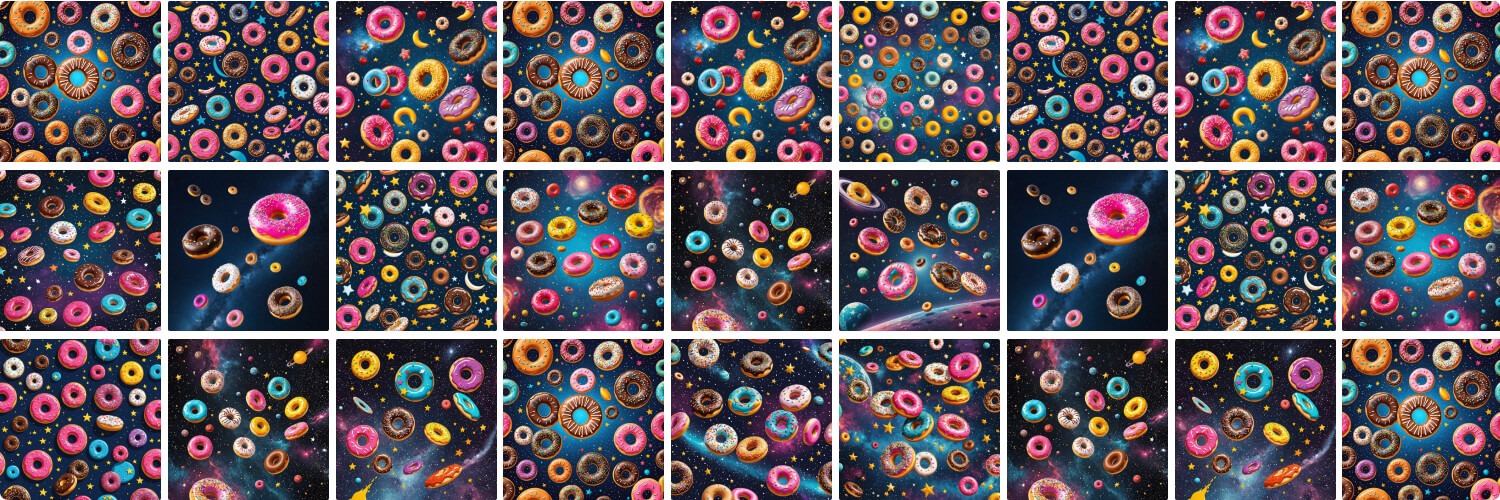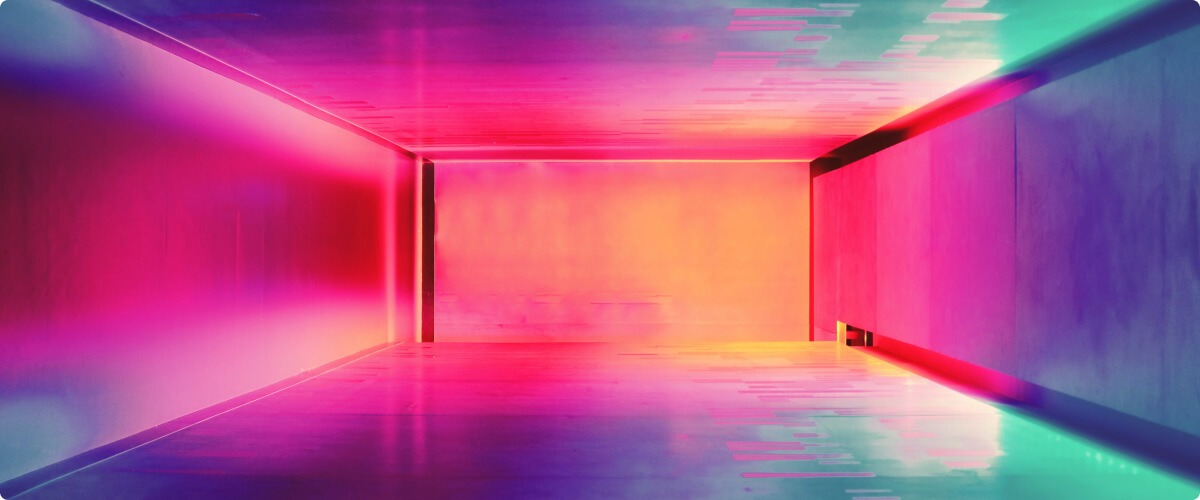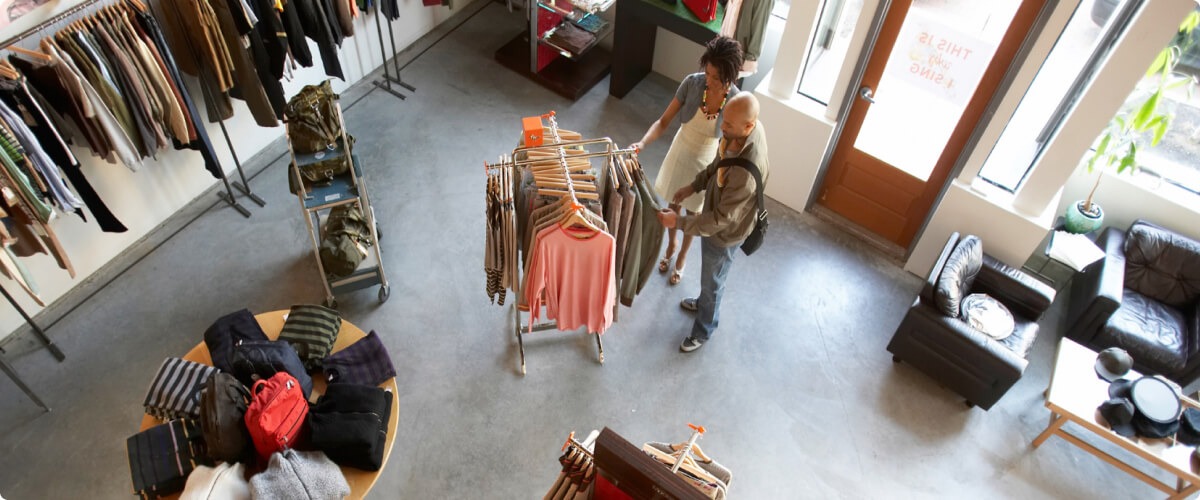AI is nothing new to anyone reading this computer vision blog. Siri, Alexa, and web chatbots have made AI commonplace. Yet, computer vision gives AI a pair of eyes that can be taught with machine learning.
What is machine learning?
Machine learning is the application of statistical models and algorithms to perform tasks without the need to introduce explicit instructions. It relies on inference and pattern recognition using existing data sets. It requires minimal assistance from programmers in making decisions.
What is computer vision?
Computer vision refers to the ability of a machine to understand images and videos. It mimics the capability of human vision by acquiring, processing, and analyzing real-world data and synthesizing them into useful information. It uses a camera to capture images and videos to analyze, which can then be purposed for object recognition, motion estimation, and video tracking.
6 applications of computer vision
Machine learning and computer vision are often used together to effectively acquire, analyze, and interpret captured visual data. Here are six applications of these technologies to help illustrate some of the benefits Chooch is seeing in the marketplace.
1. Automotive
Self-driving cars are slowly making their way into the market, with more companies looking for innovative ways to bring more electric vehicles onto the road. Computer vision technology helps these self-driving vehicles ‘see’ the environment while machine learning algorithms create the “brains” that help that computer vision interpret the objects around the car.
Self-driving cars are equipped with multiple cameras to provide a complete 360-degree view of the environment within a range of hundreds of meters. Tesla cars, for instance, uses up to 8 surround cameras to achieve this feat. Twelve ultrasonic sensors for detecting hard and soft objects on the road and a forward-facing radar that enables the detection of other vehicles even through rain or fog are also installed to complement the cameras.
With large amounts of data being fed into the vehicle, a simple computer won’t be enough to handle the influx of information. This is why all self-driving cars have an onboard computer with computer vision features created through machine learning.
The cameras and sensors are tasked to both detect and classify objects in the environment – like pedestrians. The location, density, shape, and depth of the objects have to be considered instantaneously to enable the rest of the driving system to make appropriate decisions. All these computations are only possible through the integration of machine learning and deep neural networks which results in features like pedestrian detection.

Fig. 1. A Tesla car’s vision (Source: Tesla)
Road conditions, traffic situations, and other environmental factors don’t remain the same every time you get in the car. Having a computer simply memorize what it sees won’t be useful when changes are suddenly introduced into the environment. Machine learning helps the computer “understand” what it sees, allowing the system to quickly adapt to whichever environment it’s brought into. That’s artificial intelligence.
2. Banking
Banks are also using computer vision and machine learning to quickly authenticate documents such as IDs, checks, and passports. A customer can just take a photo of themselves or their ID using a mobile device to authorize transactions, but liveliness detection and anti-spoofing can be acquired through machine learning and then detected by computer vision. Chooch features facial authentication for banking.
Some banks are starting to implement online deposit of checks through a mobile phone app. Using computer vision and machine learning, the system is designed to read the important details on an uploaded photo of a check for deposit. The algorithm can automatically correct distortions, skews, warps, and poor lighting conditions present on the image.
There’s no need to go to the bank to deposit checks or process other transactions that used to be done over-the-counter. The Mercantile Bank of Michigan which adopted this system was able to realize a 20% increase in its online bank users.
3. Industrial facilities management
The industrial sector has critical infrastructure which must always be monitored, secured, and regulated to avoid any kind of loss or damage. In the oil industry, for example, remote oil wells must be monitored regularly to ensure smooth operation. However, with sites deployed in several regions, it would be very costly to do site visits every so often.
Using machine learning and computer vision, oil companies can monitor sites 24/7 without having to deploy employees. The system can be programmed to read tank levels, spot leaks, and ensure the security of the facilities. Alerts are raised whenever an anomaly is detected in any of the sites, enabling a quick response from the management team.
The way computer vision is used in the scenario above can be adopted by chemical factories, refineries, and even nuclear power plants. Sensors and camera feed must all be connected and handled by a powerful AI fully capable of utilizing computer vision and machine learning to detect pedestrians and vehicles approaching or entering the facilities.
4. Healthcare
There are several applications for machine learning and computer vision in healthcare.
Accurately classifying illnesses is becoming better now, thanks to computer vision technology. With machine learning training, AI can “learn” what diseases look like in medical imaging. It is now even possible to diagnose patients using a mobile phone, eliminating the need to line up in hospitals for an appointment.
Gauss Surgical, a medical technology company, is using cloud-based computer vision technology and machine learning algorithms to estimate blood loss during surgical operations. Using an iPad-based app and a camera, the captured images of suction canisters and surgical sponges are analyzed to predict the possibility of hemorrhage. They’re found to be more accurate than the visual estimates of doctors during medical procedures.
Chooch is developing several initiatives in the computer vision for healthcare space. For more information please contact us about use cases.
5. Retail
Chooch is powering identification and recommendation engines for several high traffic sites, and we are also working on inventory systems, but computer vision is also being used in the physical world by other companies.
Amazon, notably, recently opened their Amazon Go store where shoppers can just pick up any item and leave the store without having to go through a checkout counter. Automatic electronic payments are made possible by equipping the Go store with cameras with computer vision capabilities.

Fig. 2. An Amazon Go branch (Source: CNET)
Cameras are placed on aisles and shelves to monitor when a customer picks up or returns an item. Each customer is assigned a virtual basket that gets filled according to the item they take from the shelves. When done, customers can freely walk out of the store and the cost will be charged to their Amazon account.
Cashiers have been eliminated through this program, a personal cost savings, allowing for a faster and more convenient checkout process. Security won’t be an issue also since the system can track multiple individuals simultaneously without using facial recognition.
Amazon has also applied for a patent for a virtual mirror. This technology makes use of computer vision to project the image of the individual looking at the mirror. Various superimpositions like clothes and accessories can then be placed over the reflection, allowing the shopper to try different items without needing to physically put them on.
6. Security
The security sector benefits greatly the most from the perfect unison between machine learning and computer vision. For instance, airports, stadiums, and even streets are installed with facial recognition systems to identify terrorists and wanted criminals. Cameras can quickly match an individual’s face against a database and prompt authorities on the presence of known threats in the facility.
Offices are also installing CCTV cameras to identify who enters and exits the premises. Some rooms accessible only to authorized personnel can be set with an automatic alarm when an unrecognized individual is identified by the camera linked to a computer vision system.
Retail security has also been quick to take up computer vision and machine learning to improve the safety of business assets. Retailers have been using computer technology to reduce theft and losses at their branches by installing intelligent cameras in the vicinity.
Checkout can also be monitored. Using computer vision technology, cameras can be placed over checkout counters to monitor product scans. Any item that crosses the scanner without being tagged as a sale is labeled by the software as a loss. The report is then sent to the management to handle the issue and prevent similar incidents from happening.
Computer vision possibilities
Computer vision has a wide variety of applications in different industries. From banking and automotive to sports and security, the power of cameras combined with machine learning poses endless possibilities for improving business performance.
Chooch offers different forms of AI Vision technology that can improve the productivity and efficiency of your marketing and security efforts. See how Chooch AI Vision platform can benefit your organization. Schedule a demo

